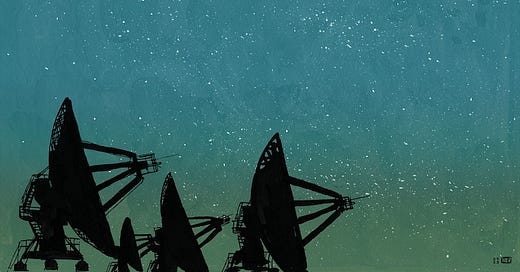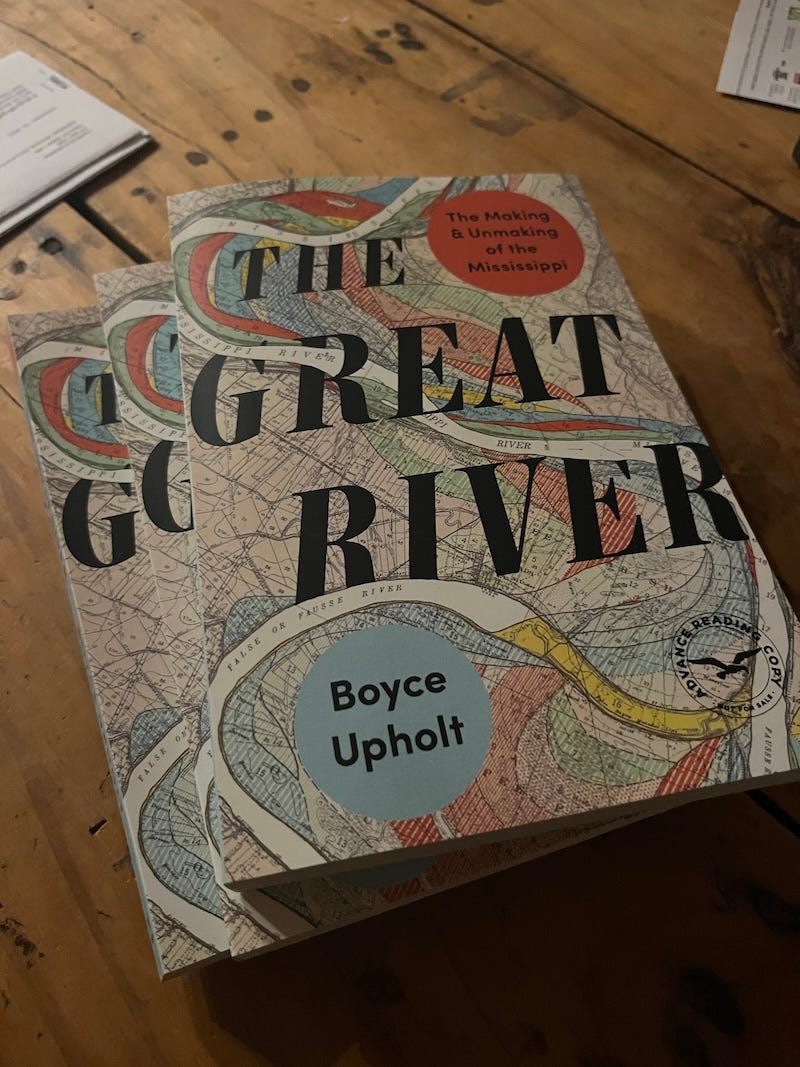Every once in a while, I wind up writing an essay that’s not about the South—as is the case this week. One of my secret obsessions is outer space, and especially how the vast emptiness up there strains our earthbound ideas about “nature.” The winter issue of Virginia Quarterly Review contains an essay with some of my musings on this topic, built around a visit to an observatory in northern California where scientists are searching the cosmos for signs of life.
Here’s a little taste:
We live, undeniably, in an era of catastrophe. The planet is growing hotter by the year; species are disappearing at unprecedented rates. The impact of our human lives is now so deeply scored into the surface of the Earth that some scientists argue that we’ve fundamentally altered the geological record—what we call the Anthropocene.
Every epoch needs a beginning. Which year best marks the start of the Anthropocene is the subject of ongoing geological inquiry, but the current leading contender is 1950—a nice round number that approximates the beginning of the nuclear era. A few years earlier, atomic weapons tests sent a flurry of radionuclides settling onto the ground—a clear marker of our species’ outsized presence on the planet.
That summer, officials gathered in Los Alamos, New Mexico, for the latest atomic detonation…
I hope you’ll read the full essay over at VQR.
While I’m out here being all self-promotional, I’ll also note that the galleys of The Great River are now ready!
I’m looking to get the book into the hands of professional critics who might want to publish a review, as well as professors who might be interested in including the book on their syllabi in the fall. If that’s you, give me a shout!
That’s it for now. I’ll be back in your inbox Tuesday morning with more of the standard Southlands content. For now, happy new year and happy weekend!






I really appreciate your perspective on the complexity of the search for life in the VQR article. The swimming pool to ocean comparison reminds me of the Hubble deep field image in which thousands of galaxies were found via a long exposure in a visual space only the size of a drinking straw's width. Given our current capabilities to scan the heavens (or lackthereof), it makes a lot of sense that we should have an art exhibition for aliens...It's not unreasonable that they would find us before we find them!